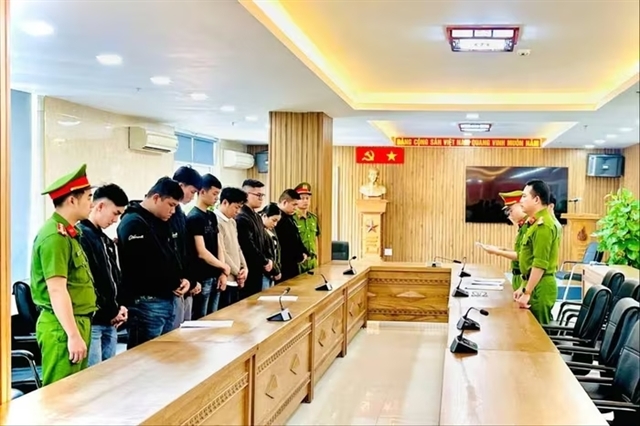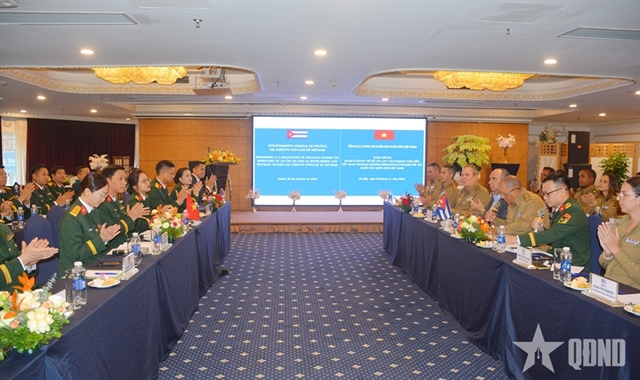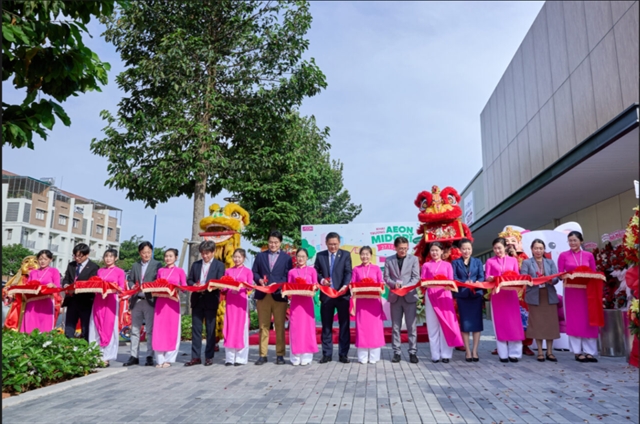 Economy
Economy
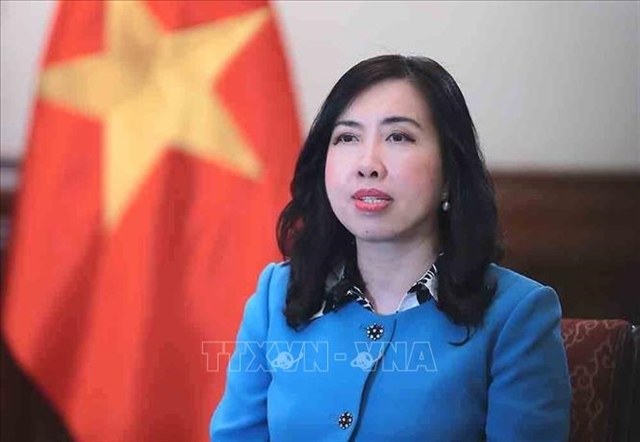
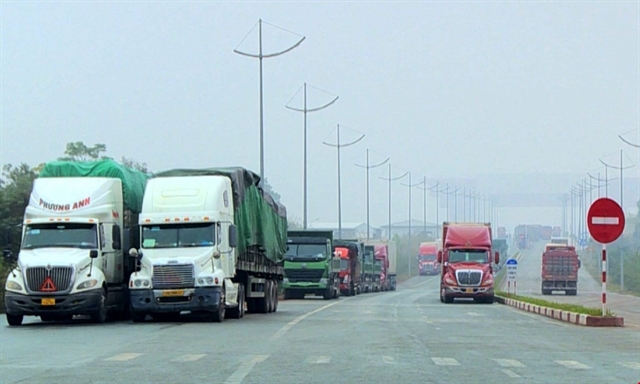 |
| Trucks loaded with fruits and frozen seafood go to Móng Cái Border Gate. — VNA/VNS Photo |
HÀ NỘI — Traffic infrastructure is the key to inter-regional trade, according to Deputy Director of Quảng Ninh Province's Department of Industry and Trade Lê Hồng Giang.
Giang was speaking at the conference to promote Vietnamese agricultural and aquatic products in the Chinese market on December 2.
He said Quảng Ninh has been channeling its resources into traffic infrastructure to boost commercial ties among regions.
The facilities that have been constructed or upgraded to this end include the National Highway 18C connecting Bắc Vân Phong Border Gate to Móng Cái City, the bridge at Hoành Mô Border Gate, the Vân Đồn International Airport, and the Vạn Ninh Seaport.
"Traffic infrastructure must be there in advance to lay the groundwork for trade," said the deputy director.
He also revealed that the Vân Đồn - Móng Cái Highway was inaugurated on September 1. The highway links up with the Lào Cai - Hà Nội - Hải Phòng - Hạ Long - Vân Đồn Highway to form the longest network of highways in Việt Nam.
It cuts the time needed to travel from Hà Nội to Móng Cái Border Gate by half, from 6 hours to 3 hours, giving a fresh impetus to inter-regional trade.
Đỗ Văn Tuấn, deputy chairman of Móng Cái Municipal People's Committee, said the city is focusing its efforts on infrastructure development to promote trade.
Some of the facilities in this regard include the Bắc Luân 2 Checkpoint and the iron bridge at the Km 3+4 Path, which have been built to facilitate agro-forestry-fishery exports.
Lê Biên Cương, deputy director of the Asia-Africa Market Department, Ministry of Industry and Trade, said the department will help Quảng Ninh unlock its full potential in Việt Nam - China trade relations.
He also gave trade information about the Chinese market and common problems facing Vietnamese exporters when they attempt to sell their agricultural products in the country.
China has been Việt Nam's leading trade partner for many years. Remarkably, the bilateral trade topped US$165.8 billion in 2021, of which over $41.8 billion flowed through border gates. In Quảng Ninh, trade via border gates reached $12.8 billion.
China has also been a major importer of Vietnamese aquatic and agricultural products. The country consumes one fourth of the Vietnamese exports annually. However, room for improvement is still ample as Vietnamese products imported to China account for less than 3 per cent of Chinese total imports. — VNS


